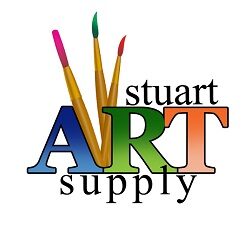| Experience Yellow We see yellow first. Yellow demands our attention, especially when set in contrast with black. It is for this reason that these two are paired on warning signs, not to mention yellow jackets. Yellow intends to keep us safe. Yellow is the thinnest of hue families. For simplicity of communication, the color wheel is divided into six equal parts – but in science, it is not. Yellow is a thin sliver. We notice this on our palettes, as yellow mixtures can easily go green or orange with little outside influence. It takes some effort to mix to a true, muted yellow. Eric Aho, The Straw Field, 2013, Oil on linen, 48 x 52 inches (SEE IMAGE #1) “The Straw Field was painted following a walk to my studio through a sun-drenched field in late April. The straw hay pressed down by that winter’s heavy snow, glowed like amber in the brilliant new springtime light. I like when a color loses its name, that point when you no longer recognize the pigment as ochre, Naples yellow, or cadmium yellow medium. I started The Straw Field with several yellows on my palette and looked for ways to influence the color so it would feel both real and invented simultaneously. Soon enough yellow isn’t yellow anymore; it’s sunlight and straw.”ericaho.com (SEE IMAGE #2) Gamblin Yellows in Color SpaceComposition of colors |
| Mineral Yellows Cadmium Chartreuse (PY35, PG36) OPAQUE Cadmium Lemon (PY35) OPAQUE Cadmium Yellow Light (PY35) OPAQUE Cadmium Yellow Medium (PY37) OPAQUE Cadmium Yellow Deep (PY37) OPAQUE Gold Ochre (PY43, PY83) TRANSPARENT Naples Yellow (PW6, PY75, PY43) OPAQUE Nickel Titanate Yellow (PY53) OPAQUE Titanium Buff (PW6) OPAQUE Transparent Earth Yellow (PY42) TRANSPARENT Yellow Ochre (PY43) SEMI-TRANSPARENTModern Yellows Hansa Yellow Light (PY3) SEMI-TRANSPARENT Hansa Yellow Medium (PY74) SEMI-TRANSPARENT Hansa Yellow Deep (PY75) SEMI-TRANSPARENT Indian Yellow (PY83) TRANSPARENT Radiant Lemon (PW6, PY3) OPAQUE Radiant Yellow (PW6, PY83) OPAQUEEvolution of YellowYellow Ochre (natural hydrated iron oxide) is one of the earth’s oldest pigments. It is dependable, inexpensive and prized for its neutralizing mixing properties in all painting genres. Yellow ochre was likely on your palette when you first started painting and there’s a good chance that it’s still there. The same can be said for the world’s use of this pigment in painting. Painters of the Classical Era found brighter yellow pigments in Naples Yellow, orpiment, chrome yellow, and traditional Indian yellow. These pigments have been largely replaced by mixtures of safer pigments (in the case of Naples Yellow), brighter pigments (cadmium replacing chrome) and pigments with more humane sourcing (modern organic pigment for Indian Yellow). Cadmium yellows were first developed in the mid-nineteenth century. Their bright mass tones and unparalleled opacity make them invaluable for the direct painting techniques that dominated twentieth-century painting up to today. Hansa yellows are modern organic pigments that were developed in Germany in the early twentieth century. Their mass tones resemble cadmium colors, but the similarity ends there. Hansa yellows are semi-transparent and have a softer texture compared to cadmium yellows. Their heightened transparency makes them useful glazing colors. Indian Yellow (made from the modern diarylide pigment) is the most transparent yellow in the Gamblin palette. A muted orange from the tube, it has glowing yellow transparency. This is a quality that it beautifully imparts to other transparent colors. (SEE IMAGE #3) Indian Yellow in Mixtures (SEE IMAGE #4) The transparency of Indian Yellow broadens the range compared to the opaque Cadmiums and semi-transparent Hansa yellows. As transparent colors invite light into paint layers – rather than reflect light off the surface like opaque colors – they are invaluable for glazing techniques and mixing dark values. (SEE IMAGE #5) Transparent Earth Yellow is part of the family of transparent iron oxide pigments developed in the twentieth century. It is the deepest value yellow in the Gamblin palette. It is beautiful as a glaze and valuable for reducing the value and chroma of other yellows. This quality is especially useful in preventing cool yellows like Cadmium Yellow Light from going green when mixing shades. (SEE IMAGE #6) “Optimism and Warmth”Helena Wurzel, Water Babe, 16” x 20”, oil. (SEE IMAGE #7) “I love painting reflections and how light moves through the water. This painting captures that feeling of daydreaming while sitting in water. My use of yellows conveys the feeling of warmth.” (SEE IMAGE #7) helenawurzel.com Ilana Zweschi, YELLOWHAMMER, 60” x 48”, oil/canvas. (SEE IMAGE #8) “Yellow tends to be an undervalued color. I have had a different small yellow painting hanging in my apartment for several years. The presence of such an optimistic and warm color in my living space is significant, especially in rainy Seattle. This realization leads me to make a large YELLOWHAMMER painting. I used Cadmium Yellow Medium for the bulk of the painting but allowed it to swing warmer with the addition of Cadmium Red, cooler with Pthalo Green, and desaturated with Dioxazine Purple. The medium is a 50/50 mixture of Gamblin Solvent-free Gel and Cold Wax to make it spreadable but keep its impasto feel.” ilanazweschi.com Thank you for supporting an independent and American color house. |
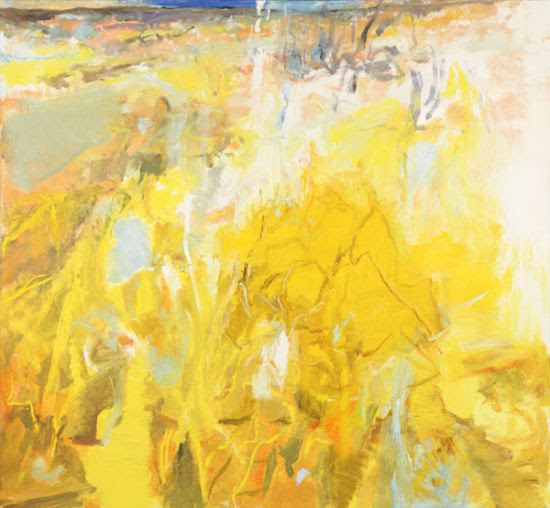
Image #1 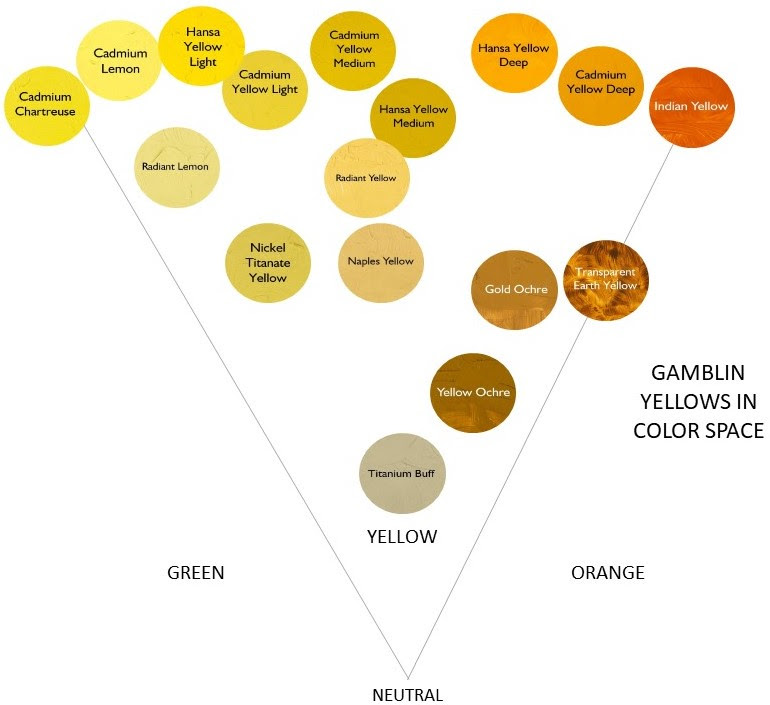
Image #2 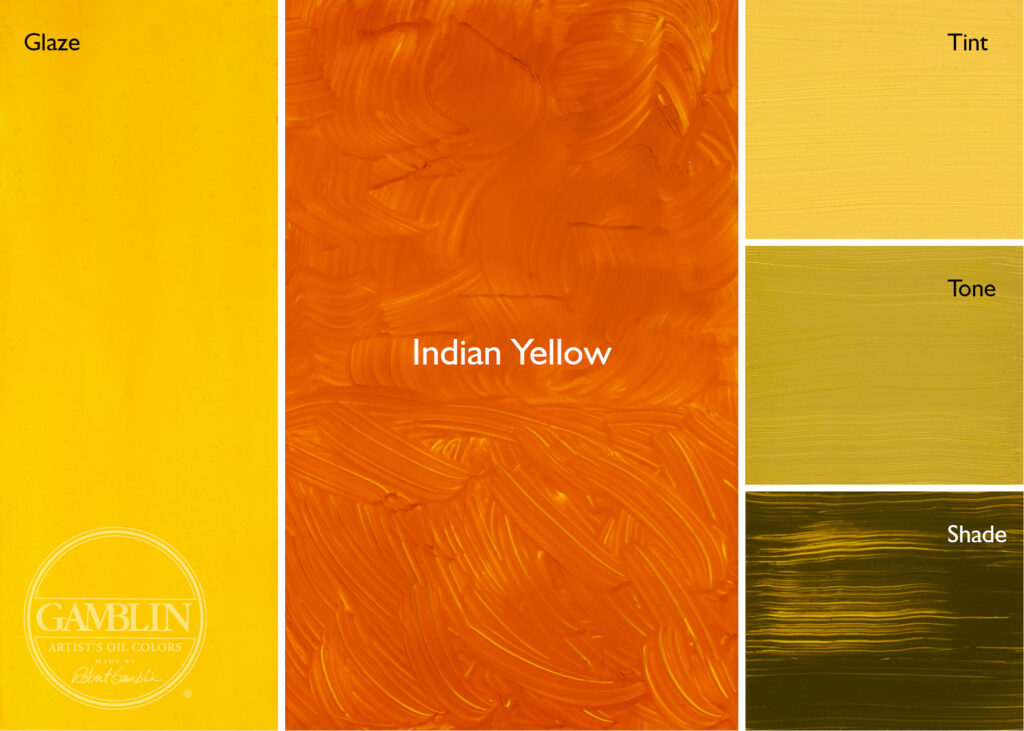
Image #3 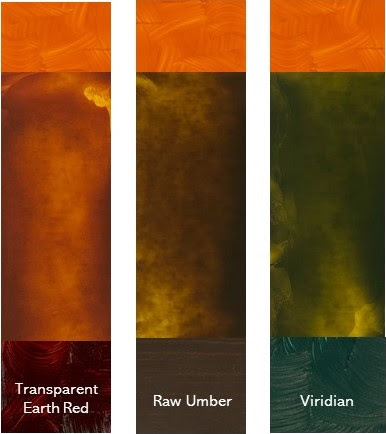
Image # 4 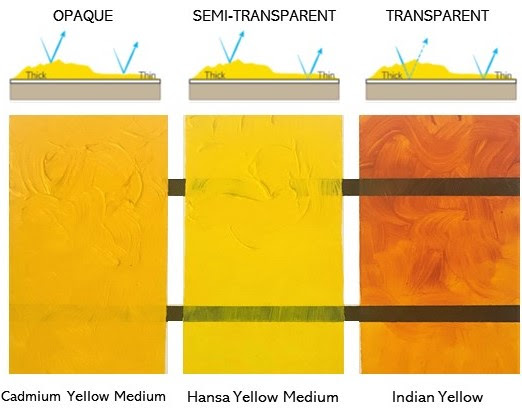
Image #5 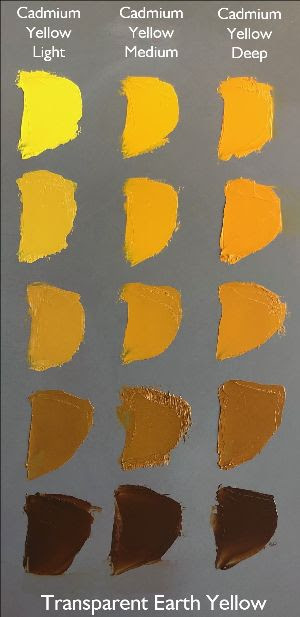
Image #6 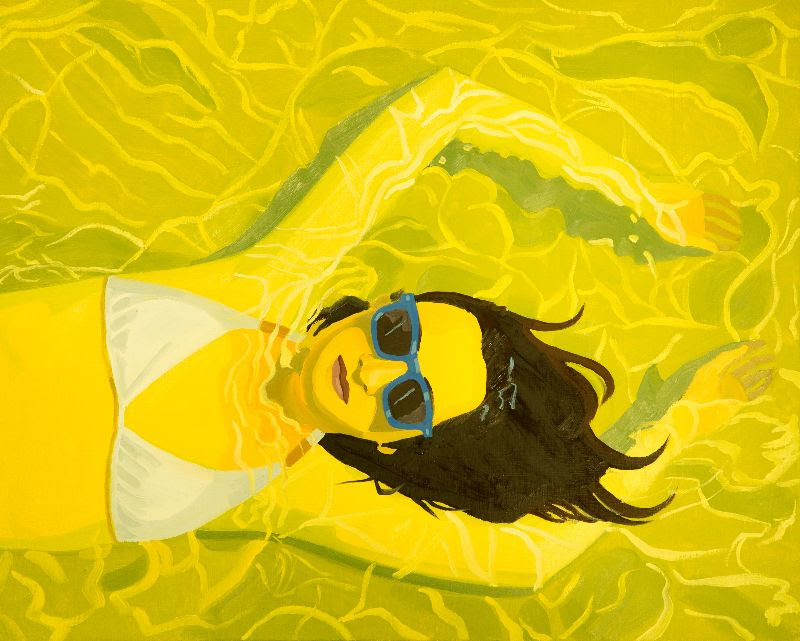
Image #7 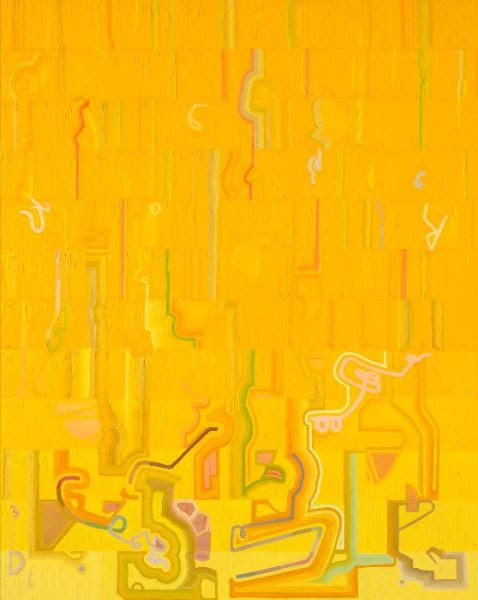
Image #8
